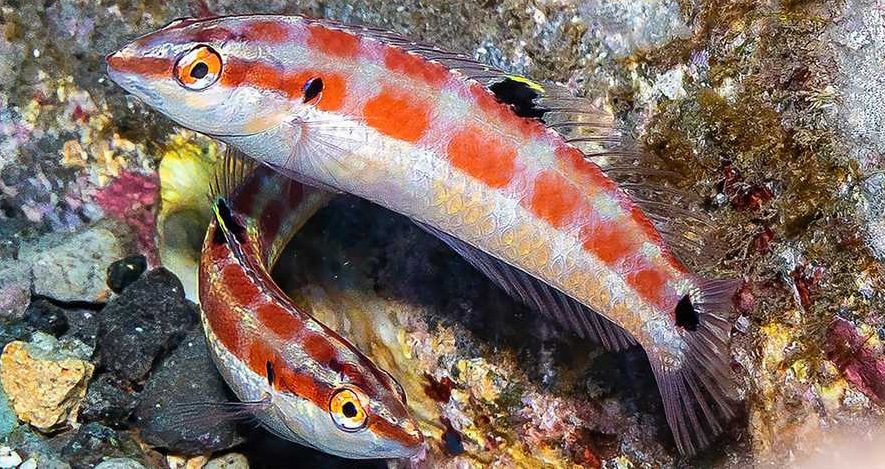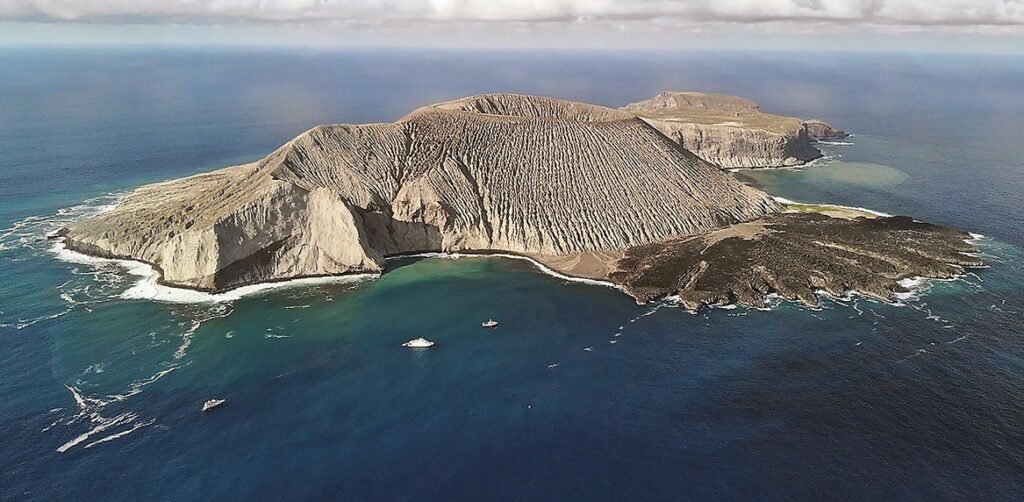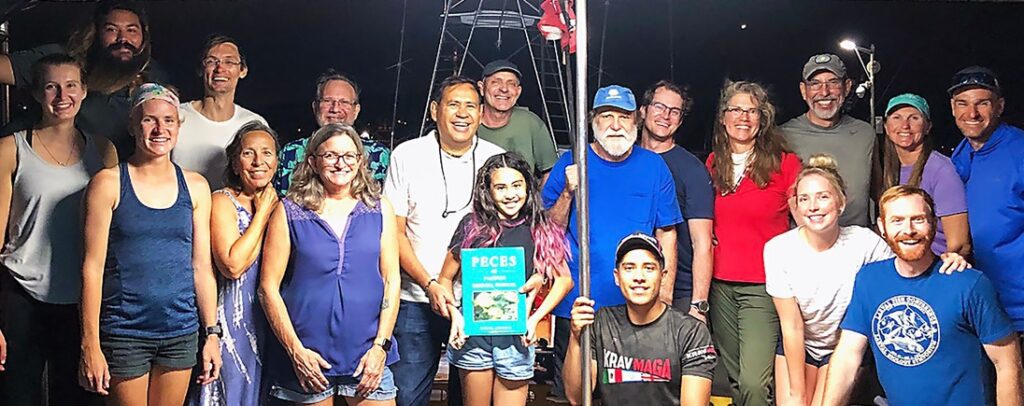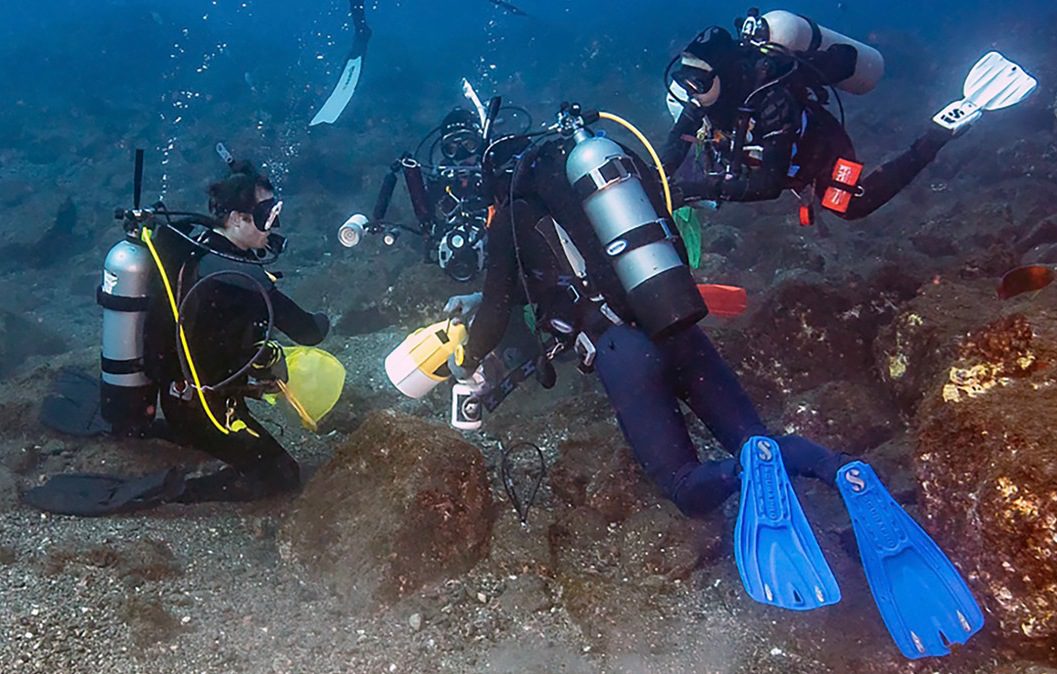An innovative eastern Pacific fish-finding expedition involving no fewer than 11 underwater photographers has resulted in the description of a new wrasse species now dubbed Halichoeres sanchezi. The research was carried out in the Revillagigedo Archipelago, often referred to as Socorro, off Mexico, and is detailed in a new study.
In November 2022 an international team of ichthyologists led by Carlos Sanchez, after whom the fish is named, headed to the archipelago with the experienced tropical-seas photographers and videographers, visiting all four islands to compile a comprehensive inventory of their shallow shore fish.

Between them the photographers captured 5,500 diagnostic underwater fish images covering at least 152 species. Examples of the unidentified wrasse species were all documented photographically in situ before eight specimens were collected to be documented again at various stages of study.
The collection was made off San Benedicto, the northernmost island of the remote archipelago, which lies some 400km south of Baja California.
The ”particularly elusive wrasse“ had only previously been caught on camera in 2013, with the photographer reporting it to be an evasive fish, actively avoiding divers and proving especially difficult to photograph.


The fish is related to Halichoeres wrasse found throughout the region, but differs from H melanotis from Panama and H salmofasciatus from Cocos Island off Costa Rica because it has a black spot on the bony flap that protects its gills, and the male has a prominent black area on the tail fin.
Juveniles closely resemble H salmofasciatus and H malpelo, from Malpelo off Colombia, but they have an oblong black spot and a yellow dorsal margin on the mid-dorsal fin.

Older males, however, look unlike the related species, being coloured vermilion to orange-brown with dark scale outlines, a white patch on the upper abdomen, and a prominent black band over the base of the tail-fin.
Full details of the species and the team’s unusual working methods can be found in the study published by scientists from the Guy Harvey Research Institute, Ocean Science Foundation, Scripps Institution of Oceanography and Natural History Museum of Los Angeles County in the journal PeerJ.
Also read: Your Ultimate Guide to Socorro Diving, Diving Socorro Islands Top 5 Dive Sites, Diving Breathtaking Socorro, Diving Socorro, the Mexican Galapagos








